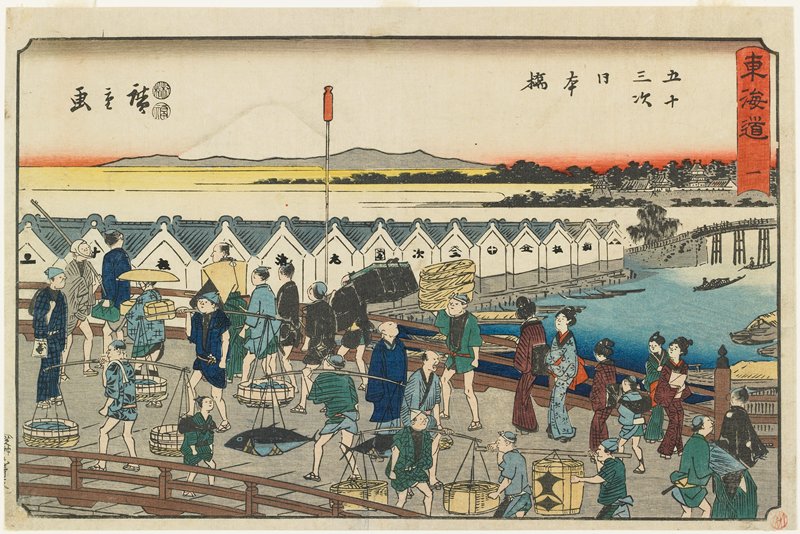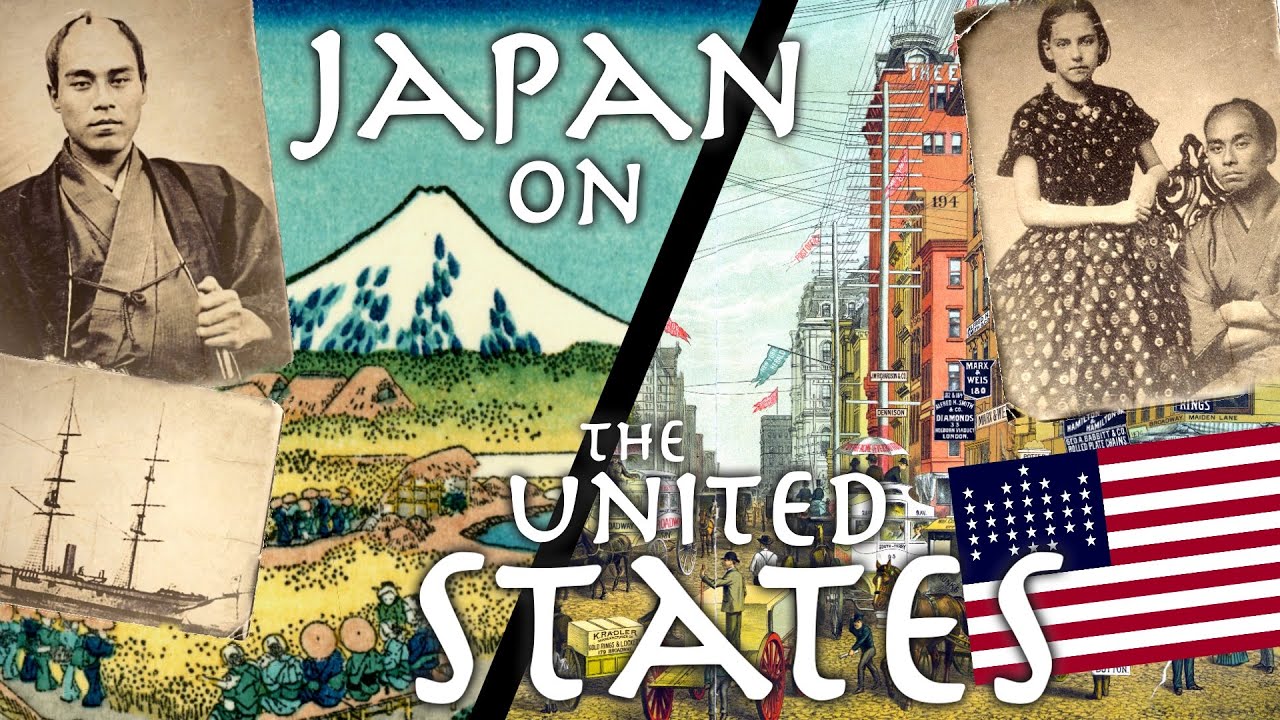What Makes the Art of Bonsai So Expensive?: $1 Million for a Bonsai Tree, and $32,000 for Bonsai Scissors
During the past year’s stretches of time at home, quite a few of us have attempted to introduce more plant life into our surroundings. By some accounts, indoor gardening ranks among the most cost-effective ways of increasing the quality of one’s domestic life. But those of us who get too deep into it (aggressive pursuit of interests being a known characteristic of Open Culture readers) may find themselves getting more than they bargained for, or at any rate paying more than they intended to, especially if they go down the road of bonsai. Though it has its origins in the Chinese practice of penzai, one must look to Japan to find the practitioners who have made the greatest investments in the art of growing proportionally impeccable dwarf trees — investments of time and money both.
Buying a mature work of bonsai can cost up to nearly one million U.S. dollars, according to the episode above of Business Insider’s “So Expensive” series. That was the price of one tree at the 2012 International Bonsai Convention, but others have received valuations nearly as impressive. This reflects the enormous amount of labor a proper bonsai demands: not just daily watering, but “years of pruning, wiring, repotting and grafting,” as the narrator puts it.
“Many of these techniques require years to master, and any errors made can result in permanently ruining the shape, or even killing a plant that has been growing for centuries.” The work of bonsai is the work of generations, a fact embodied by Chieko Yamamoto, the fourth-generation bonsai master shown explaining the pursuit in which she’s spent more than half a century.
Even Yamamoto’s relatively simple-looking bonsai have taken fifteen, perhaps 25 years to take their shape. When executing a new idea, she must wait about five years just to see how it turns out, and the outcome isn’t always to her satisfaction. “There are no immediate answers,” she says, “so I need to live a long life to see the results.” Bonsai has on its side the famous longevity of the Japanese population, as well as the equally famous dedication of Japanese civilization to cultivating master craftsmanship. But even so, the now-diminishing number of bonsai businesses aggravates an already severe limitation of supply versus demand, and the trade itself has certain formidable barriers to entry. “The bonsai parts and the tools are often handmade,” says the Business Insider video’s narrator, “and can cost thousands of dollars themselves.”
In the case of Sasuke scissors, profiled in the Great Big Story documentary short just above, they can cost tens of thousands of dollars. In his shop of that name outside Osaka, blacksmith Yasuhiro Hiraka — a fifth-generation scissormaker, and the last of his kind in Japan — works for a week or longer, ten hours a day, just to make one pair. A standard model runs about $1,100 and a deluxe one costs more than $32,000, but a full-fledged bonsai master cannot settle for less. “I never thought I would be able to have them,” says one such adept, Masakazu Yoshikawa, of his first Sasuke scissors. “It was very emotional.” But the mere act of taking them in hand, he adds, “makes me want to make good bonsai.” For Hiraka’s part, he says, after 50 years of scissor-making, “I finally think I am starting to reach my peak.” As we Westerners say, you can’t rush quality.
Related Content:
The Art & Philosophy of Bonsai
A Digital Animation Compares the Size of Trees: From the 3-Inch Bonsai, to the 300-Foot Sequoia
See How Traditional Japanese Carpenters Can Build a Whole Building Using No Nails or Screws
Based in Seoul, Colin Marshall writes and broadcasts on cities, language, and culture. His projects include the Substack newsletter Books on Cities, the book The Stateless City: a Walk through 21st-Century Los Angeles and the video series The City in Cinema. Follow him on Twitter at @colinmarshall or on Facebook.
What Makes the Art of Bonsai So Expensive?: $1 Million for a Bonsai Tree, and $32,000 for Bonsai Scissors is a post from: Open Culture. Follow us on Facebook and Twitter, or get our Daily Email. And don’t miss our big collections of Free Online Courses, Free Online Movies, Free eBooks, Free Audio Books, Free Foreign Language Lessons, and MOOCs.
, During the past year’s stretches of time at home, quite a few of us have attempted to introduce more plant life into our surroundings. By some accounts, indoor gardening ranks among the most cost-effective ways of increasing the quality of one’s domestic life. But those of us who get too deep into it (aggressive pursuit
What Makes the Art of Bonsai So Expensive?: $1 Million for a Bonsai Tree, and $32,000 for Bonsai Scissors is a post from: Open Culture. Follow us on Facebook and Twitter, or get our Daily Email. And don’t miss our big collections of Free Online Courses, Free Online Movies, Free eBooks, Free Audio Books, Free Foreign Language Lessons, and MOOCs.














